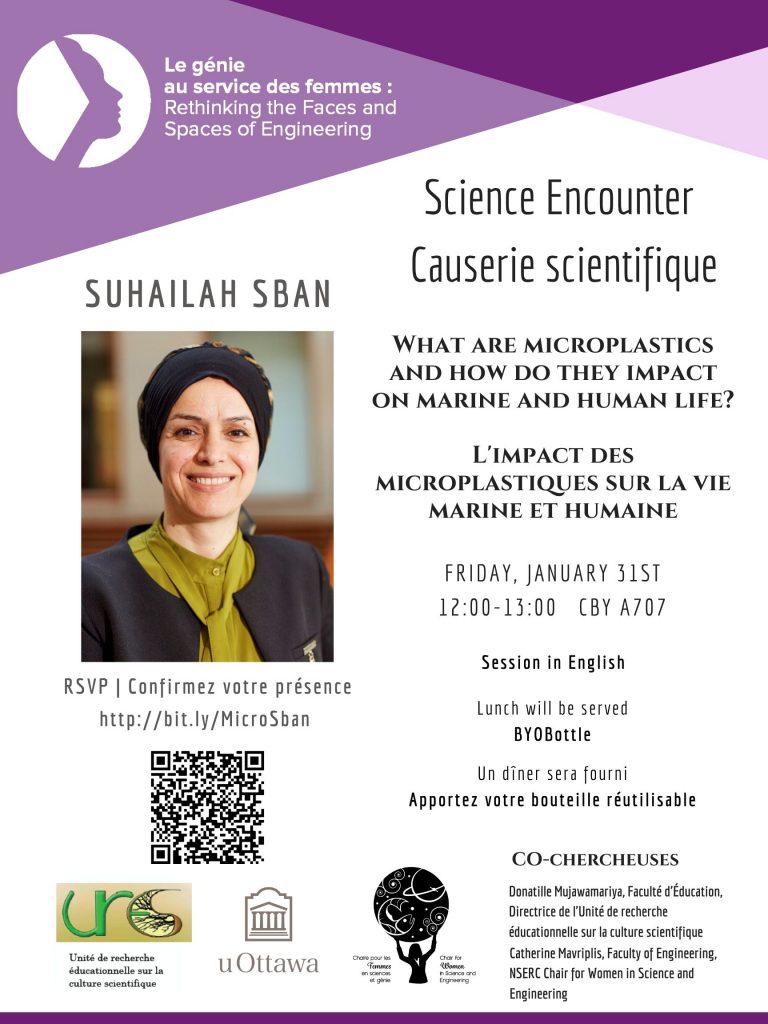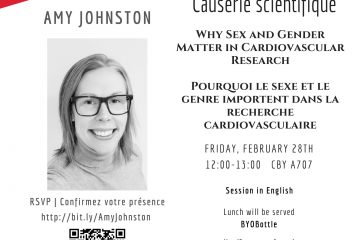
We all know plastic pollution is a global problem. Well, we recently had the opportunity to learn more about the microplastics and their effects on marine and human life.
So, what are microplastics?
The term microplastics was introduced in 2004 by Professor Richard Thompson. Microplastics refer to small fragments of plastic. Since plastics are quite durable and won’t dissolve in water, they will instead break down to form microplastics.
Microplatics come in 3 sizes:
– Microplastics – 5 mm to 1 mm
– Mini microplastic – 1 mm to 1 micrometer
– Nanoplastic – less than 1 micrometer
Where do microplastics come from?
Microplastics come from primary and secondary sources.
Primary sources – come from microbeads (personal care), plastic pellets and powders (industry) and microfibres (laundry) that directly end up in our aquatic ecosystems. Did you know that 1.45 million tons of primary microplastics are dumped into oceans every year?
Secondary sources – plastic debris and plastic litters that get into our marine systems after fragmentation by physical, chemical and biological forces.
Why is it concerning?
Microplastics are able to absorb chemicals that may exist in the ocean, such as pesticides, pharmaceuticals and other industrial products. This causes some concern as they end up being transferred in the food chain. For example, when plastic reaches less than 5 mm in size, they can be ingested by marine life. Once microplastics are smaller than 20 micrometres, they can actually be translocated to their tissues. Since approximately 8 million metric tons of plastic are dumped into the oceans annually, we’re talking about a lot of plastic being ingested by our treasured sea creatures.
Impact on marine life
The latest UN report documented over 800 animal species being contaminated with plastic via ingestion or entanglement. It’s often due to a case of mistaken identity – they believe plastic is food. That leads to mortality, suffocation or physical damages to the digestive tract.
Haven’t made the human connection yet?
Well, humans eat marine life and will then ingest these microplastics. It has been predicted that ingested microplastics may cause inflammation in tissue, cellular proliferation, necrosis and may compromise immune cells.
What should we do?
Now that we know the dangers, Sban let’s us know that it’s time to act!
– Avoid using products containing microbeads – which should be easy to do in Canada as they have been banned
– Reduce using single-use plastics and recycle properly
– Raise awareness about microplastic pollution, while targeting school aged students
– Support organizations that help clean our waters.
Thank you Suhailah Sban for reminding us that every person can make a difference and that we in our everyday lives, we could find other alternatives to plastic.


